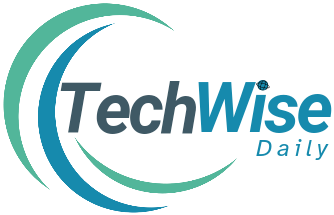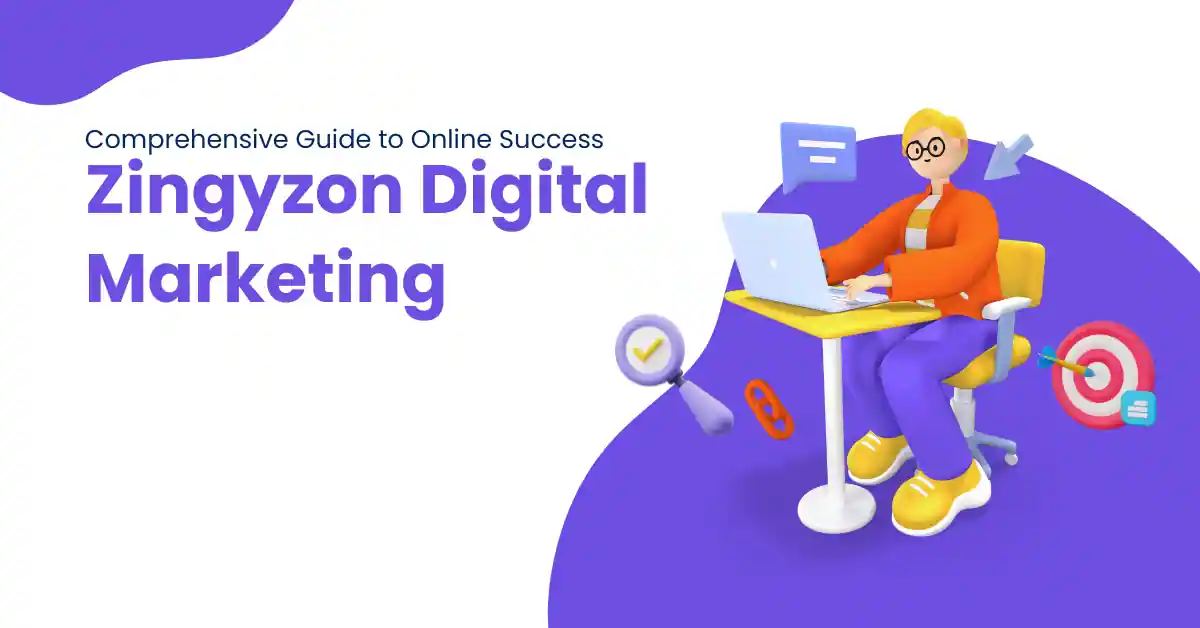In today’s digital age, businesses must focus on optimizing their online presence for local search results. One powerful tool in this process is Localized SERPs (Search Engine Results Pages) combined with Service Area Pages. These strategies are integral for businesses aiming to attract customers in specific geographical areas. But what exactly are these terms, and how can they benefit your business?
Table of Contents
ToggleWhat Are Localized SERPs and Service Area Pages?
Localized SERPs are search engine results tailored to users based on their location. These results show businesses that are geographically closest to the searcher, making them highly relevant to local queries.
A Service Area Page, on the other hand, is a page on a website dedicated to outlining the geographic locations a business serves. It’s crucial for businesses offering services across different areas, helping them rank better in local search results.
Why Localized SERPs Matter
The Importance of Local Search Results in SEO
With the rise of mobile searches and voice search, more people are looking for businesses near them. Localized SERPs make it easier for customers to find what they need quickly, driving more foot traffic and sales for businesses. When your business appears in local search results, it increases your chances of being discovered by local customers.
How Search Engines Understand Local Intent
Search engines, like Google, understand that users often search for businesses near them. This local intent is factored into the results shown on the SERPs. Using algorithms, Google shows local results based on proximity, search history, and relevance, ensuring that users get the most pertinent information for their queries.
Service Area Pages: An Overview
Defining Service Area Pages: What They Are and How They Help
A Service Area Page is a page on your website where you describe the areas you serve, such as cities, neighborhoods, or regions. For businesses offering services in multiple locations, these pages are essential for improving local SEO. They tell Google which areas you cater to, and in turn, help you rank higher for those specific locations.
Targeting Specific Locations to Boost Local Visibility
With well-structured service area pages, your business can target multiple regions, making it easier to appear in localized SERPs for those areas. By including local landmarks, zip codes, and keywords relevant to each area, you increase your visibility and relevance in those regions.
Enhancing Local SEO with Service Area Pages
A well-optimized service area page provides several SEO benefits:
- It helps your website rank for location-specific keywords.
- It boosts your visibility on Google My Business listings.
- It enhances user experience by giving them clear information about the areas you serve.
Best Practices for Optimizing Service Area Pages
How to Structure Service Area Pages for Maximum Impact
When creating your service area pages, structure them so that they provide valuable information and are easy to navigate. Each page should include:
- A clear description of the services offered in that area.
- Customer testimonials or case studies to build trust.
- Location-specific keywords integrated naturally into the content.
Key Elements of a Well-Optimized Service Area Page
For maximum SEO impact, include the following:
- Title tags and meta descriptions tailored to the area.
- NAP (Name, Address, Phone number) consistency for each location.
- High-quality images and content that reflect the specific area you serve.
- A map or directions to help users find you easily.
How Localized SERPs and Service Area Pages Work Together
Synergy Between Service Area Pages and Localized SERPs
Localized SERPs and service area pages work hand in hand to improve your local SEO. When your service area pages are optimized with location-specific content, it sends strong signals to search engines that your business is relevant to users in those locations. As a result, your chances of ranking higher in localized SERPs increase significantly.
Techniques for Optimizing Localized SERPs
Keywords, NAP Consistency, and Reviews
To optimize for localized SERPs, start by using location-based keywords throughout your content. Keep your NAP consistent across all online platforms, including your website, Google My Business listing, and local directories. Positive reviews also play a crucial role in improving your local rankings.
Optimizing for Google My Business and Local Listings
Google My Business (GMB) is a powerful tool for local SEO. By ensuring your GMB profile is complete, up-to-date, and includes location-specific information, you can significantly improve your local search rankings.
Examples of Localized SERPs in Action
Case Studies: Successful Local Business Strategies
Let’s look at some examples:
- A plumbing business that optimizes service area pages for various neighborhoods.
- A law firm that ranks for “Personal Injury Lawyer in [City Name]” using well-crafted service area pages.
These businesses attract more local customers by targeting specific areas through their service pages, ensuring they appear in localized SERPs for relevant searches.
Challenges with Local SEO
Common Issues with Localized SERPs and How to Overcome Them
Despite the benefits, businesses often face challenges such as:
- Inaccurate NAP information.
- Duplicate content across multiple service area pages.
- Lack of high-quality local backlinks.
To overcome these issues, ensure your website has accurate data, unique content, and a robust local link-building strategy.
How to Maintain Local Relevance Over Time
Maintaining local relevance involves regular updates to your service area pages, monitoring local reviews, and keeping your Google My Business listing active. Consistency is key to staying competitive in localized SERPs.
Future of Localized SERPs and Service Area Pages
Trends and Predictions for Local SEO Optimization
As search engines continue to evolve, local SEO will become even more important. Expect increased integration with voice search, artificial intelligence, and hyper-local targeting. Staying ahead of these trends will help businesses dominate localized SERPs.
Conclusion: Final Thoughts on Localized SERPs and Service Area Pages
In conclusion, localized SERPs and service area pages are essential for businesses looking to dominate local search results. By optimizing these elements, businesses can attract more customers from specific locations, drive higher-quality traffic, and ultimately increase sales. Embrace local SEO, and position your business as the go-to option for your target areas.
FAQs
- What are Service Area Pages?
- Service area pages are dedicated pages on your website where you highlight the specific locations your business serves.
- How do I create a Service Area Page for my business?
- Structure the page with location-specific keywords, descriptions, and NAP consistency. Include testimonials and case studies for each area.
- Can Localized SERPs improve my website’s ranking?
- Yes, by targeting local keywords and optimizing service area pages, your website can rank higher in local search results.
- How important is Google My Business for Local SEO?
- Google My Business is crucial for local SEO, as it enhances your visibility in local searches and maps.
- What are common mistakes to avoid when optimizing Local SEO?
- Avoid inconsistent NAP information, duplicate content, and ignoring customer reviews when optimizing for local SEO.





